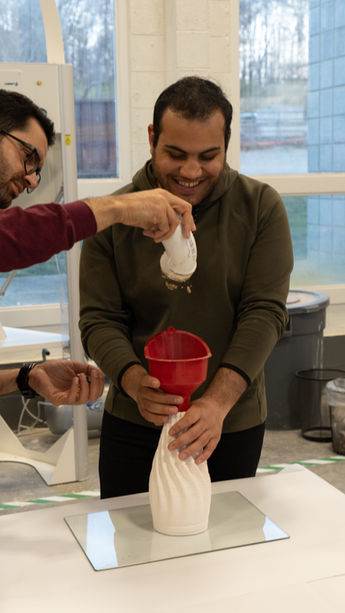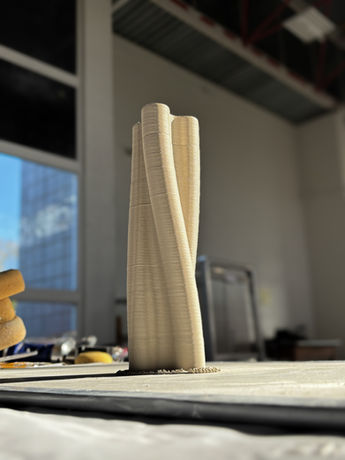top of page

Evaporative Cooling:
Ancient Technology for 21st Century Problems

Brook Kennedy, School of Design, CAAD, Co-Pl
Stefan Al, School of Architecture, CAAD, Co-Pl
Saeed Sakhdari, School of Architecture, CAAD, Lead Research Assistant, Graduate Student
Ilan Farahi, School of Design, CAAD, Lead Research Assistant, Undergraduate Student
Aditi Hadkar, School of Architecture, CAAD, Research Assistant, Graduate Student
Mohammed Ali, School of Architecture, CAAD, Research Assistant, Graduate Student
What is problematic with our current methods of cooling spaces?
Air conditioning of commercial and residential buildings accounts for 10% of the U.S.'s electricity consumption.
US Energy Information Administration, "Annual energy outlook 2020," Washington, DC (2020).
The usage of air conditioners and electric fans for cooling currently constitutes nearly 20% of overall electricity consumption in global buildings.
International Energy Agency, "The Future of Cooling," Paris, France (2018).
Without intervention, the energy consumption for space cooling is projected to more than double by 2050.
International Energy Agency, "Space Cooling," Paris, France (2023).

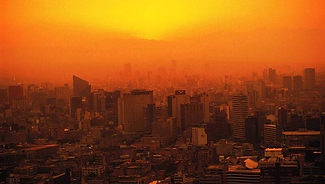


Evaporative cooling has been utilized for thousands of years. What are past precedents?

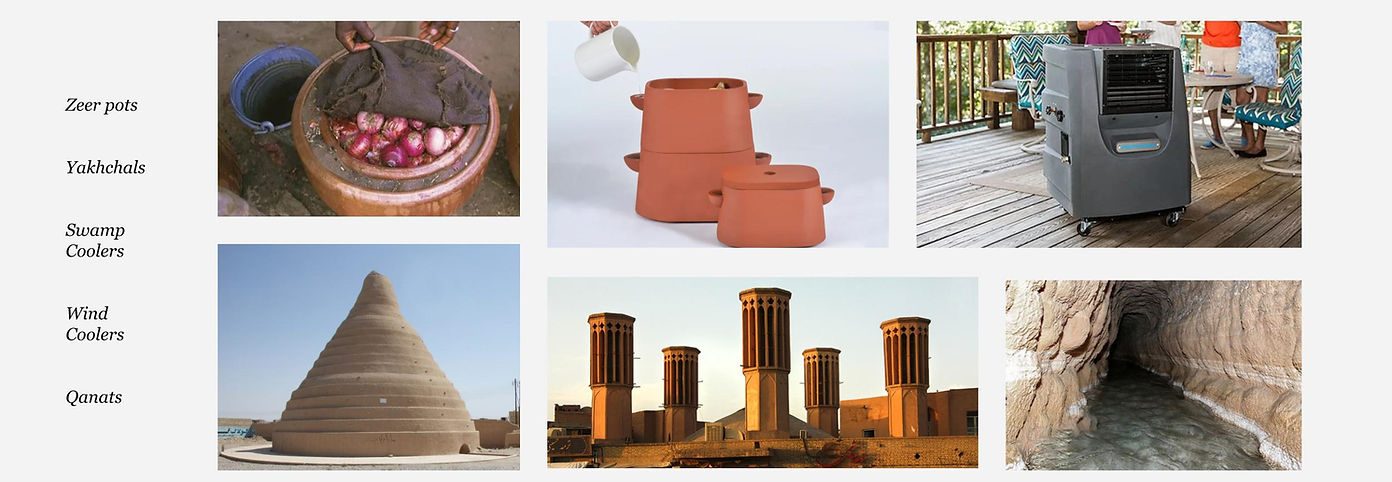.jpg)

How can we harness the power of evaporative cooling today?
Why ceramic 3D Printing?
.jpg)
.jpg)
.jpg)
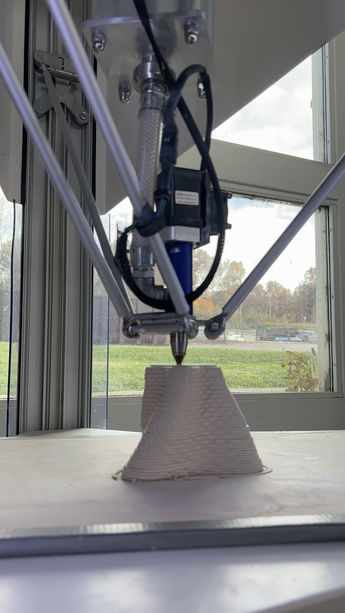
Testing
We tested three different forms to see which was most effective at cooling its surrounding air.
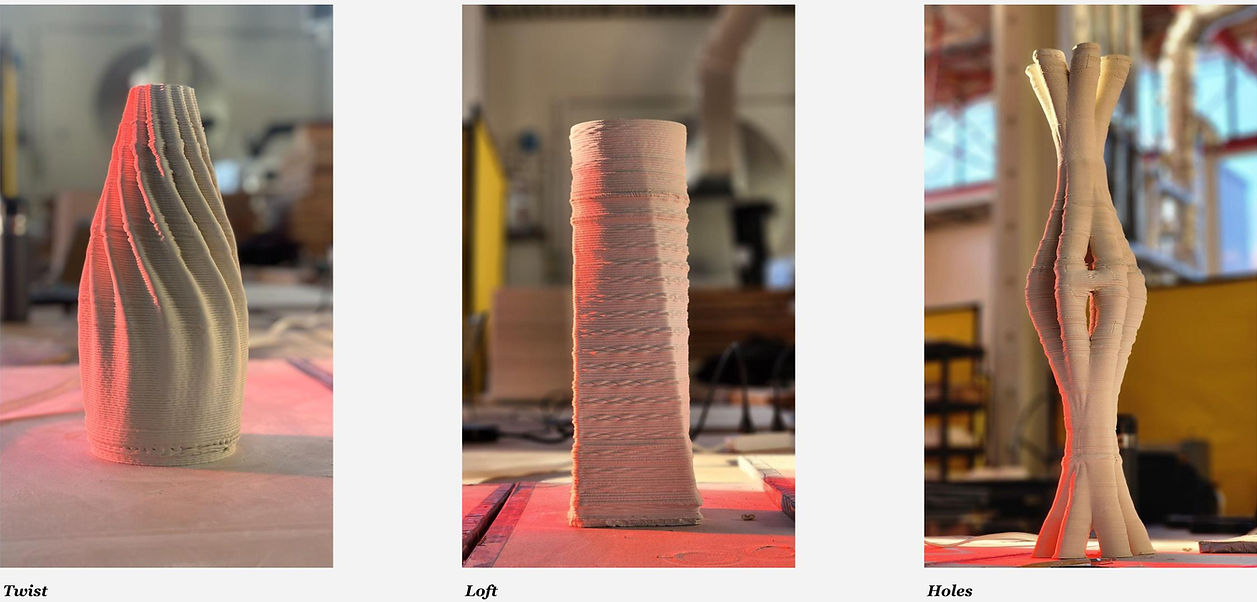.jpg)
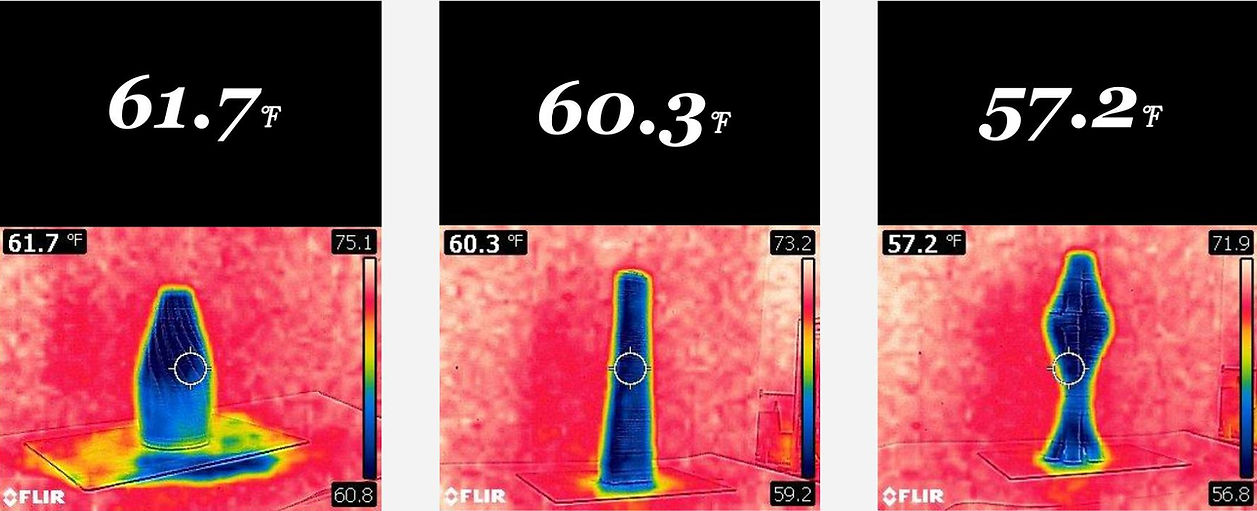.jpg)

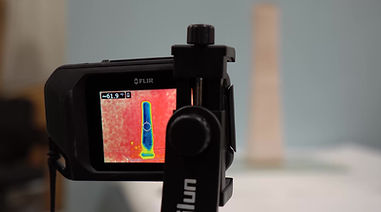
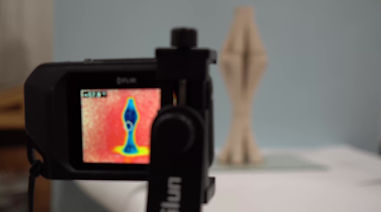
The 'holes' form cooled the surrounding air the most.
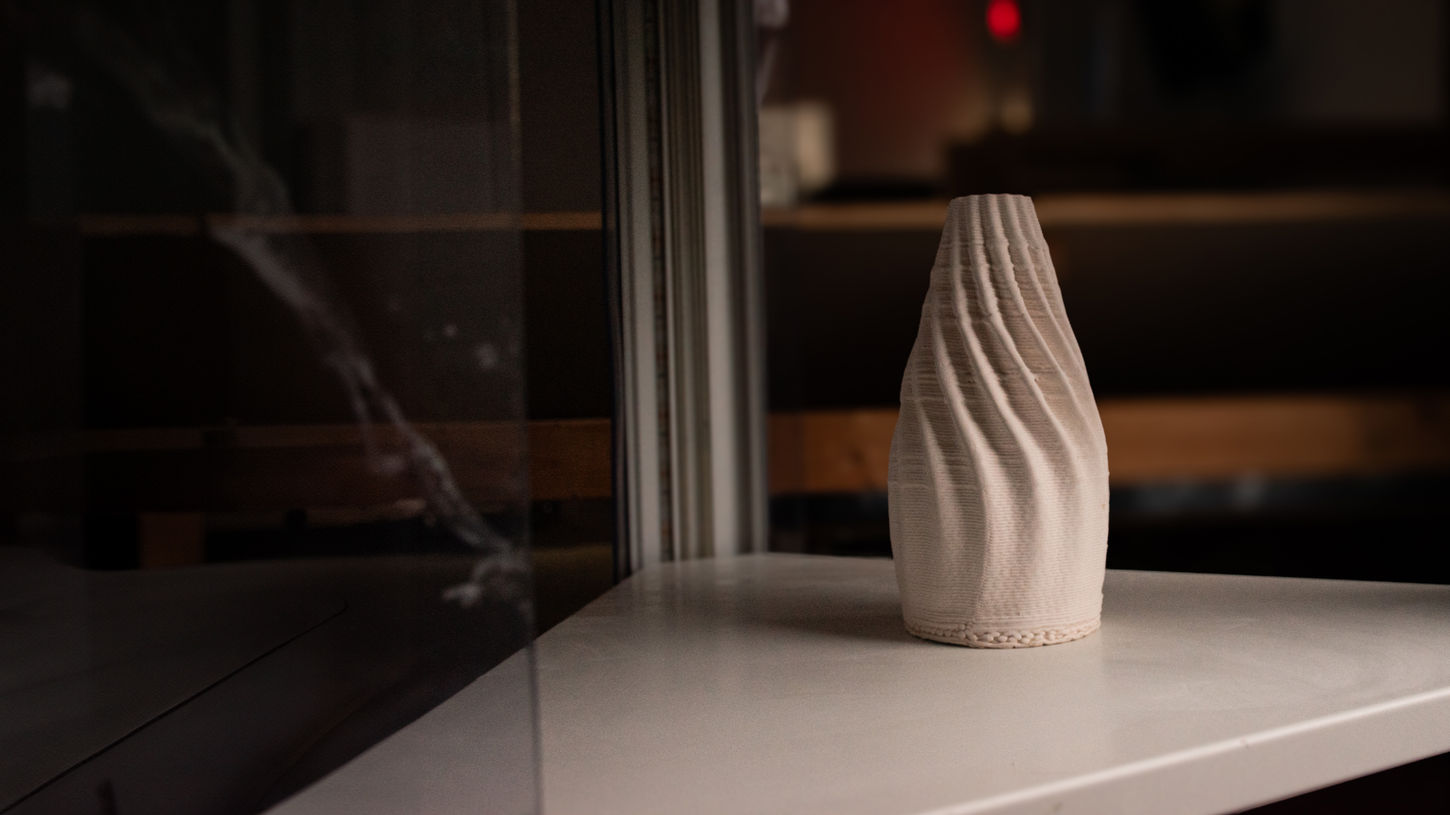
-
Full scale models
-
Testing with more porous clay
-
Experiment with different additives to the clay mixture
-
Testing in a humidity chamber to measure atomization rates of evaporating water
-
Exploring avenues like parametric modeling or AI to customize evaporation rates for different spaces.
How can we advance this concept?
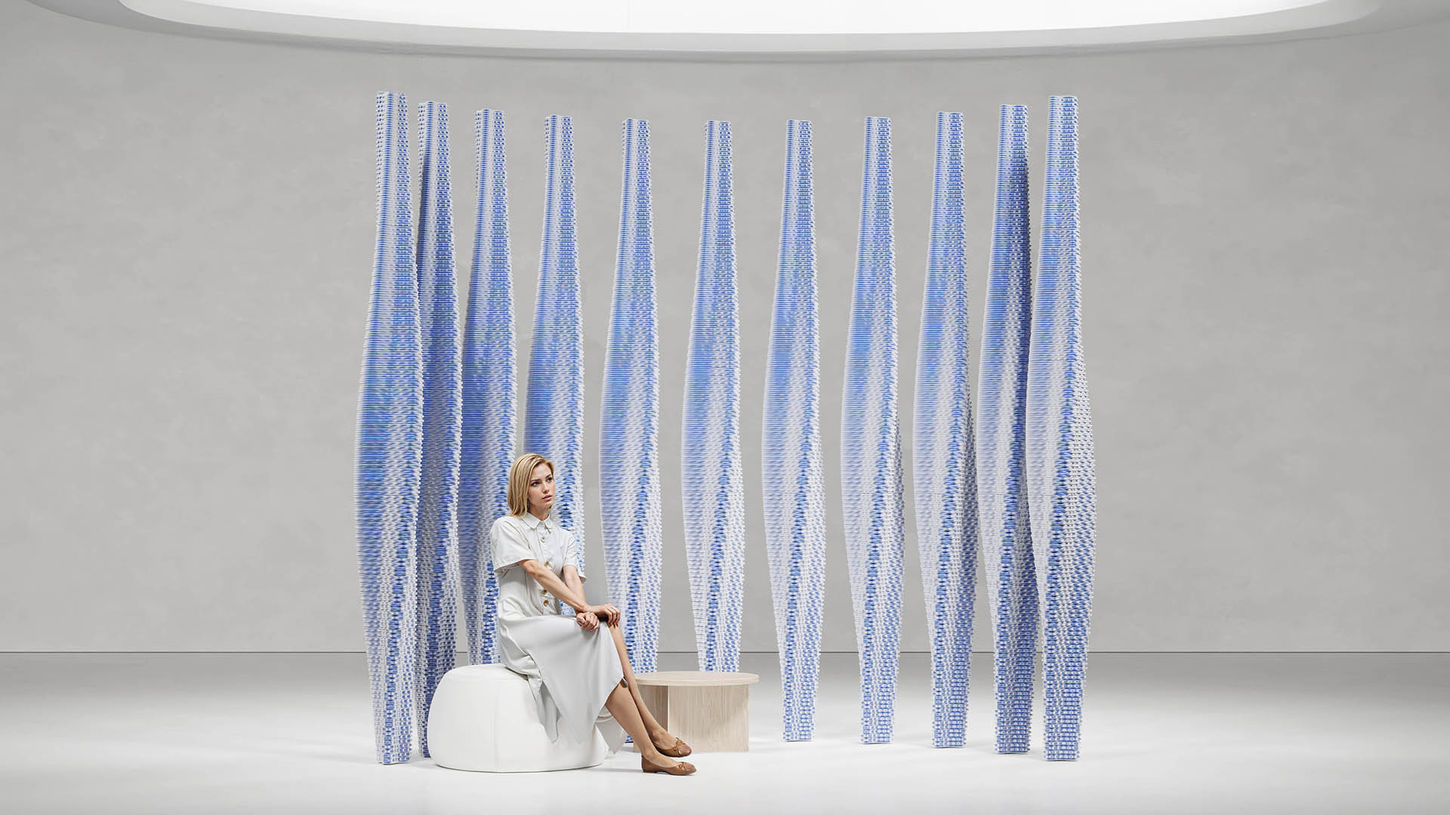
Outsourced Renders

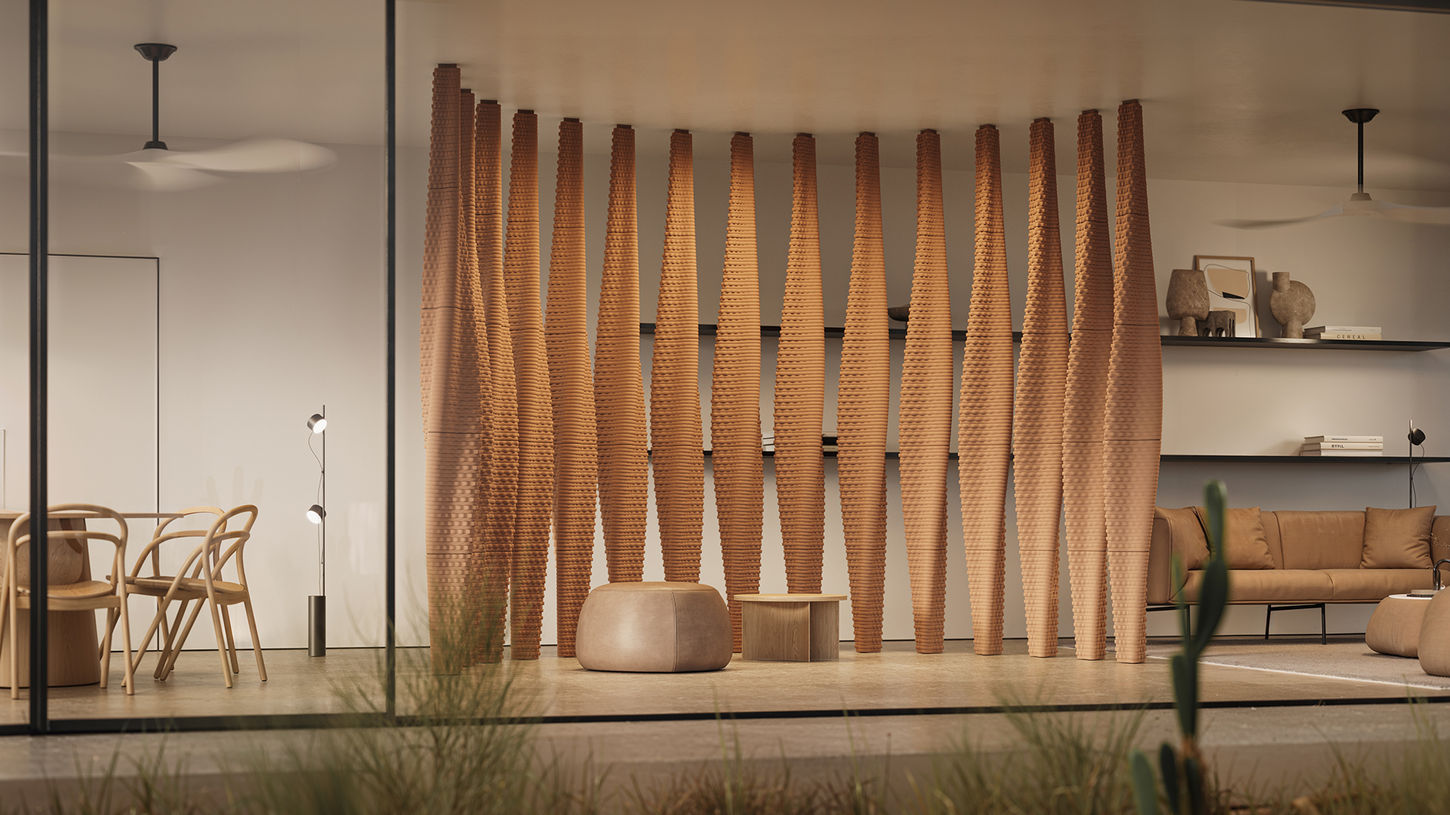
bottom of page








